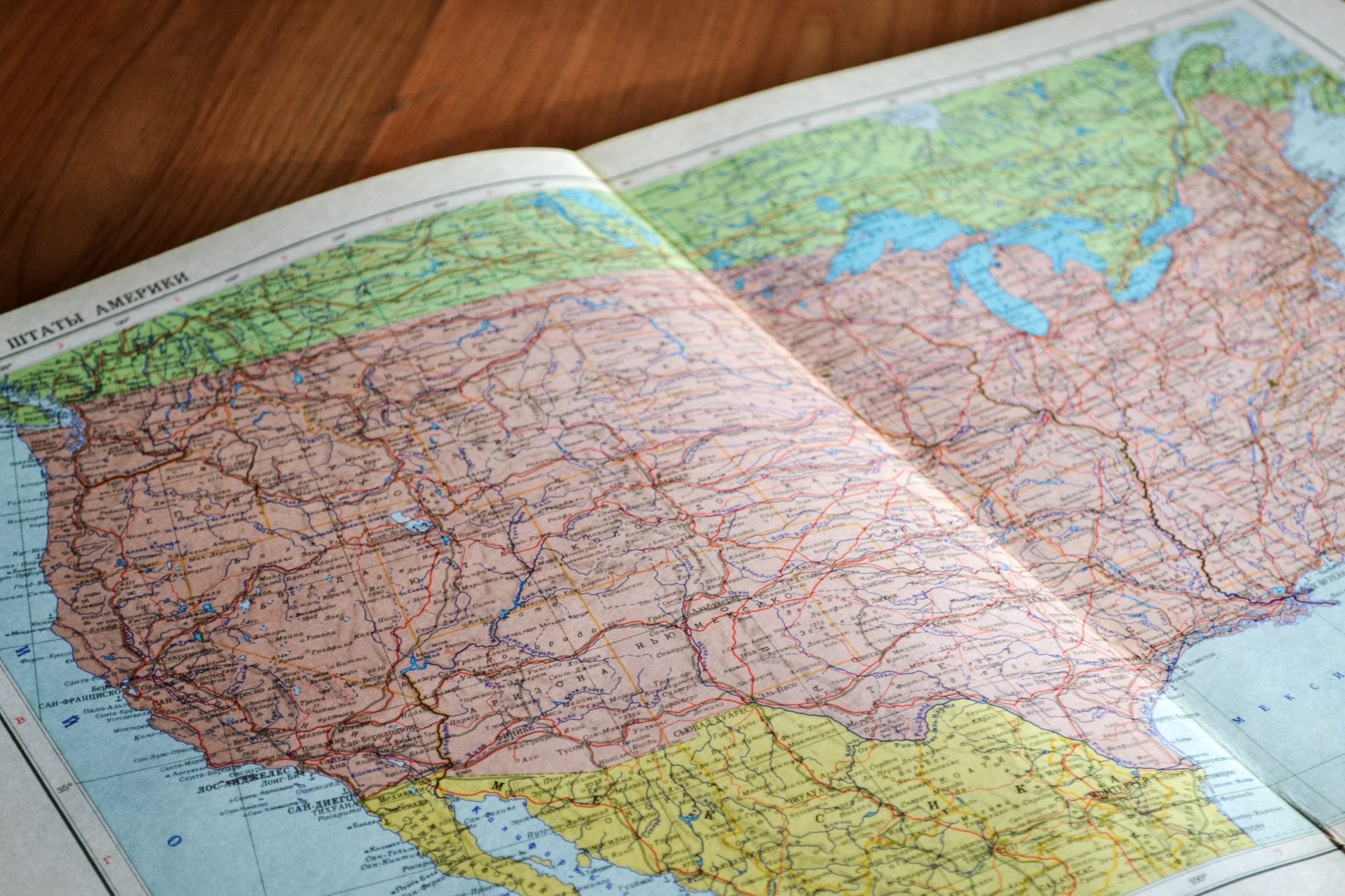Today on the Edge of Innovation, we are talking with Enza Lilley, a doula from “A Mommy’s Friend Doula Service” about her experiences as a Doula and small business owner on the North Shore of Boston.
Hacking the Future of Business!

Today on the Edge of Innovation, we are talking with Enza Lilley, a doula from “A Mommy’s Friend Doula Service” about her experiences as a Doula and small business owner on the North Shore of Boston.

Today on the Edge of Innovation, we are talking with Enza Lilley, a doula from “A Mommy’s Friend Doula Service” about her experiences as a doula and small business owner on the North Shore of Boston.

Today on the Edge of Innovation, we are talking with Taylor Robinson of PLG Consulting about how transportation logistics builds the future.

Today on the Edge of Innovation, we are talking with Taylor Robinson of PLG Consulting about the business of logistics and moving sand around the world.

Today on the Edge of Innovation, we are talking with Taylor Robinson of PLG Consulting about the business of logistics.